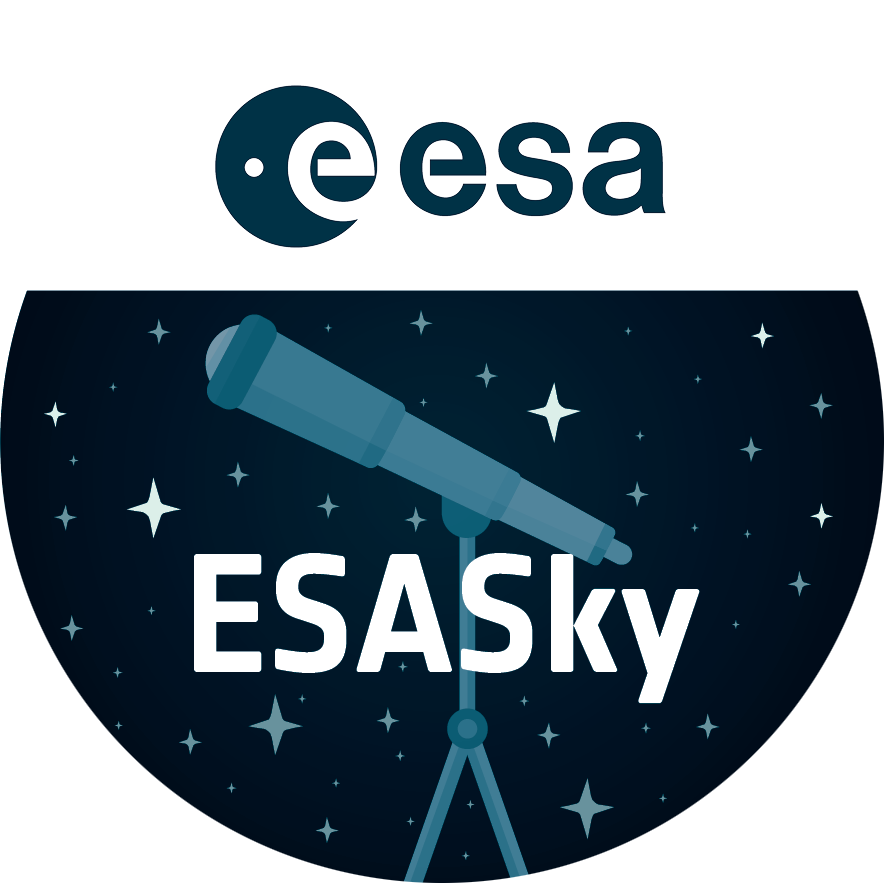Most-Distant Galaxy Candidates in the Hubble Ultra Deep Field
Detailed analyses of mankind's deepest optical view of the universe, the Hubble Ultra Deep Field (HUDF), by several expert teams have at last identified what may turn out to be some of the earliest star-forming galaxies. The sensitivity of Hubble's Advanced Camera for Surveys (ACS), combined with the penetrating power of the Near Infrared Camera and Multi-Object Spectrometer (NICMOS), finally revealed these long-sought faint galaxies. The HUDF shows that close to a billion years after the big bang the early universe was filled with dwarf galaxies, but no fully formed galaxies like our Milky Way. After careful analysis, they have been sorted out as between 54 and 108 dim, red smudges sprinkled across the HUDF image. This image shows the full sample of candidates circled in green. Three enlargements at right show several dwarf objects that are at the limits of Hubble's present instrument capabilities. The HUDF is a small region of sky in the direction of the southern constellation Fornax. The faintest objects are less than one four-billionth the brightness of stars that can be seen with the naked eye. Their light has taken nearly 13 billion years to reach Earth, and so these objects represent some of the earliest star-forming galaxies to form in the universe.
Credit:About the Image
| Id: | opo0428b |
|---|---|
| Type: | Observation |
| Release date: | 23 September 2004, 15:00 |
| Size: | 6672 x 6340 px |
About the Object
| Name: | Hubble Ultra Deep Field, HUDF |
|---|---|
| Type: | Early Universe : Cosmology : Morphology : Deep Field |
| Constellation: | Fornax |
| Category: | Cosmology |
Image Formats
Coordinates
| Position (RA): | 3 32 38.98 |
|---|---|
| Position (Dec): | -27° 47' 29.08" |
| Field of view: | 3.34 x 3.17 arcminutes |
| Orientation: | North is 47.0° left of vertical |
Colours & filters
| Band | Wavelength | Telescope |
|---|---|---|
| Optical B | 435 nm |
Hubble Space Telescope
ACS |
| Optical V | 606 nm |
Hubble Space Telescope
ACS |
| Infrared I | 775 nm |
Hubble Space Telescope
ACS |
| Infrared Z | 850 nm |
Hubble Space Telescope
ACS |


